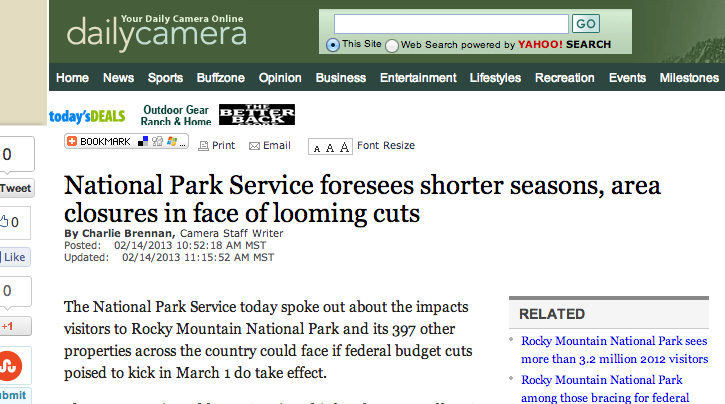They cross the threshold to our schools and our classrooms as complete people with lives, memories, and experiences embedded in their senses of being long before they begin first grade or fourth or twelfth.
We must, now, right now, abandon our deficit-model thinking about teaching and the students in our care. It must happen.
In the absence of such a model, we must not rest on the idea of students as neutral beings. Eliminating our assumption of difficulties is a start, but it is not enough. Agreeing teaching is not designed to overcome is only the first step, and it leaves us assuming students come ready for whatever we throw at them. Such a mindset leaves us ready to throw whatever we like at these empty containers of knowledge.
The schools we need operate on a surplus model of thinking around the students they serve.
For many, this will be a difficult shift to make. It will mean acknowledging that students come to us with more than we can imagine and more than we are able to comprehend. It will mean a sense of humility that will leave those who have been the kings and queens of their classrooms for decades in a difficult spot.
Still, we must.
We must understand that the experiences students have outside of the classroom are more complex than whatever we could hope to set in front of them. They are certainly more complex than worksheets and packets of practice problems to be completed by the end of the week.
We must understand the student who takes three buses to school and sets out before the sun rises has a greater understanding of systems thinking, motivations, academic preparedness, and internal locus of control than is likely to be taught in any civics or leadership class.
We must understand the complex narrative threads that exist in the communities of our students outstrip any put to page by Hemingway, Joyce, Dickenson, or Morrison. And, we must up our game.
A surplus model of education means understanding the funds of knowledge that Luis Moll et al. found when they trained teachers in sociology, took them into students homes and asked them to keep track of the knowledge that was important and active in these spaces.
A surplus model of education means looking at the work of the Institute for Democratic Education in America and recognizing that they are tapped in to educational organizations around the country who are doing right by the communities they serve.
This draws on another important surplus in education – teachers. We must recognize the wealth of knowledge our teachers bring to classrooms each day and free them to activate and implement that knowledge.
The teacher who is able to see that her students are coming to school hungry must be able to act on that knowledge and devise the creative solutions she knows will work by leveraging community partners to help her students access nutritious meals.
The teacher who knows that the district-prescribed reading curriculum is not truly helping his students become life-long readers must be honored by those to whom he answers so that he might help his students find this love of letters and grow into it.
The biology teacher who examines the scripted curriculum she’s been prescribed and finds it wanting compared to the experiments, expeditions, and inquiry she has in mind must have the freedom to pursue and implement those notions to make scientists of her students.
Our teachers and our students have a surplus of abilities and ideas simply by being human, curious, and present.
When we design systems that assume this surplus and operate on the belief that the people walking through our doors are capable and accomplished, what they will achieve will be awe-inspiring.

